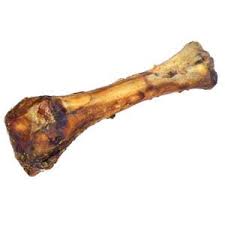The Symbolic Feast: A Look at the Passover Seder Plate
The Passover Seder is a cornerstone of Jewish tradition, a vibrant celebration of freedom and the exodus from Egypt. At the center of the Seder table sits the ke’arah, the Seder plate, a visual representation of the Passover story through a unique selection of symbolic foods.

Understanding the Meaning Behind the Food
Each item on the Seder plate carries a specific meaning, transporting participants back to the hardships and eventual liberation of the Israelites. Let’s delve into the six symbolic foods and how they enrich the Seder experience:
- Matzah: The unleavened bread, the centerpiece of the Seder, represents the haste with which the Israelites fled Egypt. Unable to wait for bread to rise, they baked matzah, a flatbread. Three matzahs are placed on the plate, symbolizing the three classes of Jews: priests, Levites, and Israelites.

- Zeroa (Shankbone): A roasted lamb bone commemorates the pascal sacrifice offered in the Temple in Jerusalem. While the Temple no longer stands, the zeroa serves as a powerful reminder of this historical practice.


- Beitzah (Egg): A hard-boiled egg symbolizes the festival offering brought during Temple times. It also evokes the circle of life and spring, a season of renewal that coincides with Passover.

- Maror and Chazeret (Bitter Herbs): These bitter herbs, usually horseradish and romaine lettuce, represent the bitterness of slavery and the harsh conditions endured by the Israelites in Egypt.

- Charoset (Paste): A sweet mixture of fruits, nuts, and wine, charoset symbolizes the mortar used by the enslaved Israelites in their forced labor. The contrasting textures – bitter herbs and sweet charoset – emphasize the experience of slavery and redemption.

- Karpas (Vegetable): Often parsley or a potato, the karpas is dipped in saltwater at the beginning of the Seder. The saltwater represents the tears of the enslaved Israelites, while the karpas symbolizes spring and new beginnings.

Preparing and Using the Seder Plate
The placement of these items on the Seder plate also holds significance. While there may be slight variations in tradition, most commonly, the maror is placed in the center, with the other items arranged around it.
It’s important to note that not all the items on the Seder plate are eaten during the Haggadah, the traditional Passover narrative. The zeroa, for example, serves as a symbolic reminder rather than edible food.

Beyond the Jewish Passover Seder Plate: A Celebration of Tradition
The Seder plate is just one element of the rich Passover tradition. Alongside the symbolic foods, the Seder involves storytelling, singing, and communal rituals that bring families and friends together.
Understanding the symbolism behind the Seder plate enhances the Passover experience, allowing participants to connect with the historical narrative and celebrate the enduring spirit of freedom.
